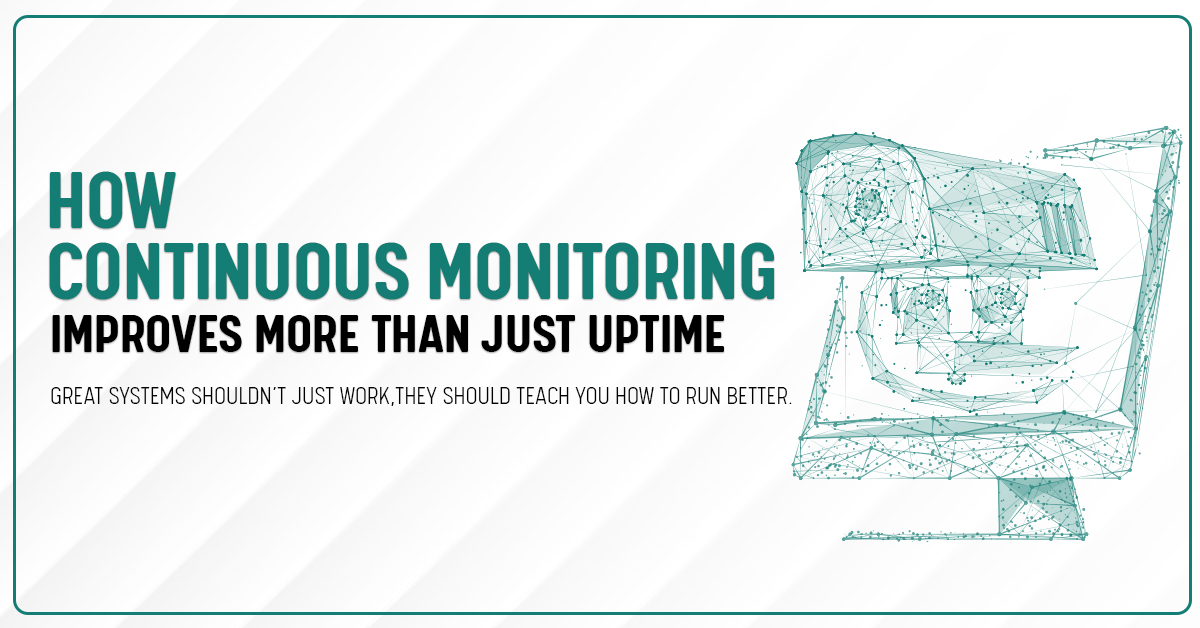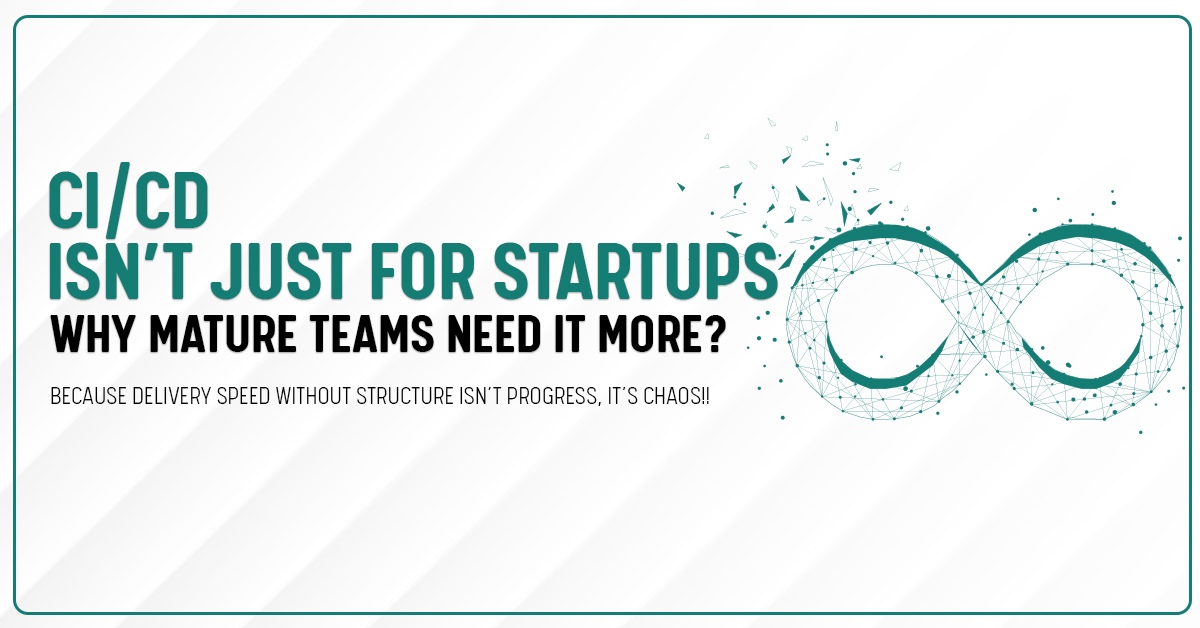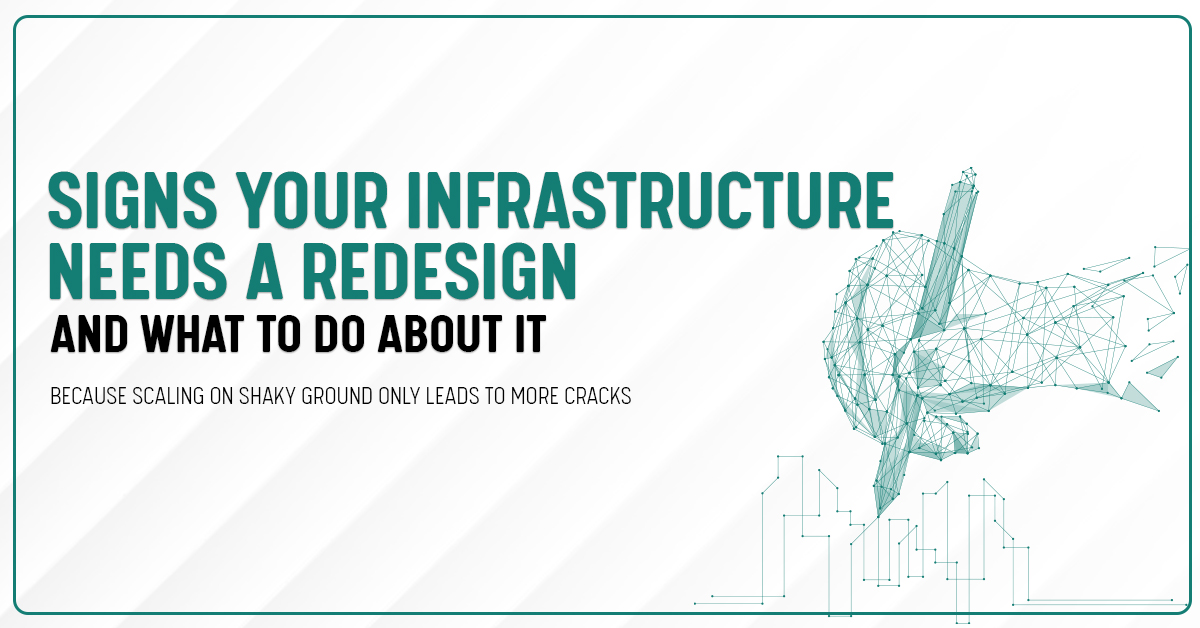Every team talks about tech debt like it’s this mythical thing only bad developers create. “We’ll fix it later,” they say. Or: “It’s fine for now, we just need to launch.”
But if you’ve ever found your team spending more time untangling messes than building new features, you already know: tech debt is real. And it costs you more than just a few late nights fixing bugs.
First, What Exactly Is Tech Debt?
Think of tech debt like this:
It’s the difference between how your systems should be built for long-term health, and how they actually got built in the rush to meet deadlines, add features, or get a demo out the door.
Sometimes it’s intentional.
You take a shortcut now to hit a launch date, with every intention of going back to clean it up.
Sometimes it’s accidental.
The person who wrote that piece of code left two years ago. Or the platform you built on changed. Or the documentation was never updated because “everyone knows how it works.”
Where It Hides (and Why It Hurts)
Tech debt isn’t always obvious. You won’t see it on your cloud bill or your balance sheet. But you’ll feel it in ways that drain momentum:
-
Slow Releases
You push out an update, but you break three other things you didn’t realize were connected. Now shipping takes longer because you’re testing, fixing, and praying you didn’t miss something else. -
Fragile Systems
The more patches you slap on top of a rushed foundation, the more unpredictable it becomes. One outage in the wrong place can ripple across your entire operation. -
Hidden Costs
Band-aid fixes feel cheap until you add up all the hours spent troubleshooting, the downtime, the lost sales, or the extra infrastructure you run just to keep the lights on. -
Team Morale
Engineers hate working in messy codebases. Good people leave when they spend all their time fighting fires instead of solving meaningful problems.
A Real-World Example
One company we worked with had built an internal tool for order tracking. It started as a quick prototype. It did the job. Then they added new regions. Then new integrations. Then a mobile version.
But they never paused to rebuild the foundation.
Over time, they ended up with dozens of custom workarounds, no clear documentation, and dependencies that broke every time they tried to make a change.
By the time they called us, every small update required days of testing, and no one wanted to touch the thing. The cost wasn’t just technical. It slowed customer service response times, messed up inventory reporting, and cost real money every month.
How It Sneaks Up
Most tech debt doesn’t appear overnight. It builds up in tiny decisions you think don’t matter:
-
Adding a quick fix to meet a deadline, without leaving a note to clean it up
-
Skipping code reviews because “we’re tight on time”
-
Choosing a tool because it’s easy now, but hard to scale later
-
Not investing in clear documentation
-
Not aligning your tech roadmap with your actual business roadmap
One small domino tips the next. And pretty soon, you’re paying back that debt with interest.
So, What Does It Really Cost?
Every bit of tech debt you ignore today will cost you time, money, or trust later. It can look like:
-
Extra developer hours chasing down bugs
-
More incidents and customer complaints
-
Longer go-to-market timelines for new features
-
Lost opportunities when your stack can’t keep up
And the real killer? You can’t always see the cost until it’s too big to hide.
What You Can Do About It
You don’t need to rebuild everything tomorrow. But you do need to treat tech debt like any other liability, with a plan.
1. Make It Visible
Track known issues. Keep an open backlog for areas that need cleanup. No illusions, no surprises.
2. Bake It Into Your Roadmap
Block out time for refactoring. Review legacy systems. Make sure your devs have breathing room to improve what exists, not just build new things.
3. Automate the Basics
CI/CD pipelines, testing, linting, these guardrails reduce the odds of adding more mess.
4. Review Regularly
Your systems grow. So does your debt risk. Check in. Audit. Adjust.
5. Balance Pragmatism With Pride
Sometimes a shortcut is worth it. But make the call consciously, and revisit it before it turns into a maze.
Final Thought: Good Tech Debt vs. Bad Tech Debt
Not all debt is bad. Just like taking out a loan to grow your business, taking on a bit of tech debt can help you move faster when you need to.
The difference is whether you understand it, plan for it, and pay it off on purpose.
When you do, you keep building. When you don’t, it eventually slows you down more than any competitor ever could.
Need help spotting, cleaning up, or avoiding tech debt?
We help teams build systems they don’t have to apologize for later.




